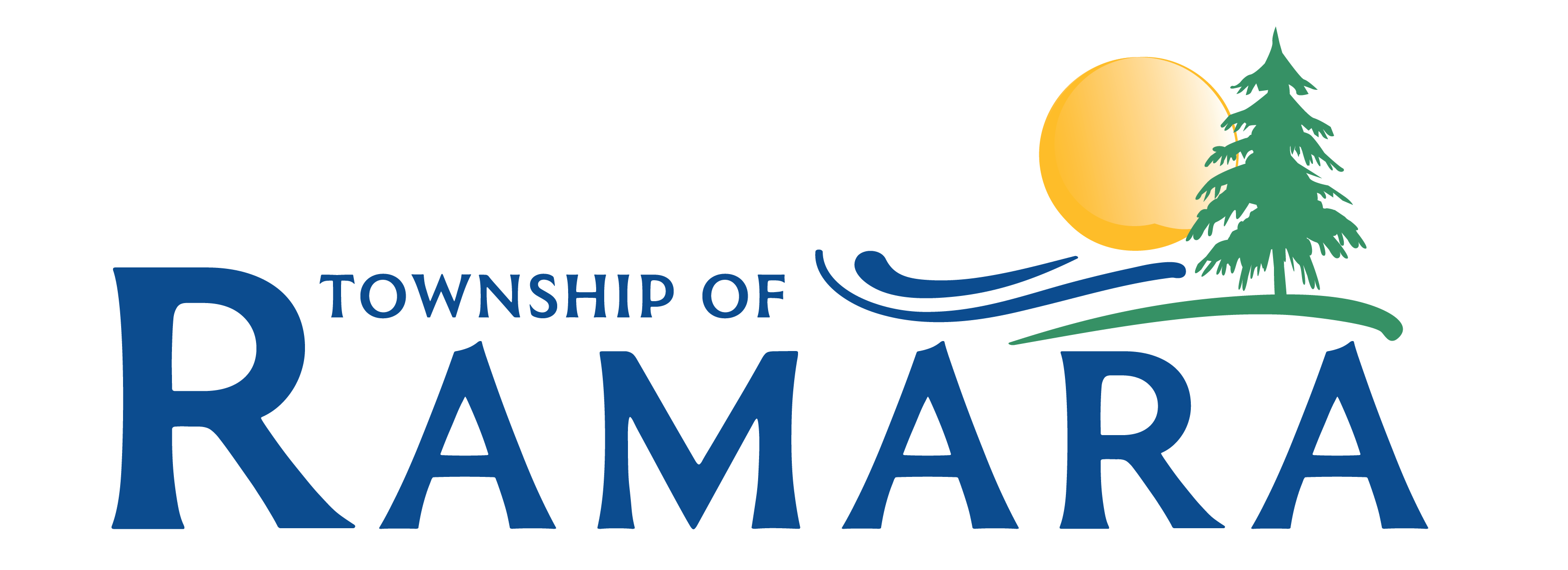Automated Speed Enforcement, commonly known as ASE, is a safety tool that combines speed detection technology with camera equipment to identify vehicles traveling over the posted speed limit. This system is used in community safety zones to encourage safer driving. When a vehicle is recorded exceeding the speed limit, a ticket is issued to the registered owner of the vehicle. ASE violations result in a fine, but there are no demerit points.
Automated Speed Enforcement Program
Project Status - September 26, 2025
On September 25, 2025, Premier Doug Ford announced that the Province intends to introduce legislation in October to ban the use of municipal speed cameras across Ontario.
The Township has invested considerable effort into planning and preparing the ASE program. However, we want to reassure residents that:
-
There is no cost to the Township associated with the program under our current contract.
-
If the legislation passes, the Township will not face any penalties if the program is terminated.
At this time, the Township will pause any further work on the ASE program until the outcome of the proposed legislation is known. The Township will provide updates as they become available.
General Information
What is Automated Speed Enforcement?
Why is the Township of Ramara introducing ASE?
The Township is launching ASE in response to ongoing concerns about speeding, particularly in areas where public safety is a priority. Community Safety Zones are meant to protect vulnerable individuals, such as children and pedestrians. By using ASE, the Township aims to promote safer driving habits, reduce speeding, and create safer roads for everyone.
How does ASE help improve road safety?
Automated speed systems have a proven track record in reducing dangerous driving behavior. In municipalities across Ontario, similar programs have resulted in up to a 60% increase in compliance with speed limits. By slowing drivers down, ASE contributes to fewer collisions, and the crashes that do occur tend to be less severe.
How much is this costing Ramara taxpayers?
Ramara’s ASE program operates under a cost-sharing agreement with a third-party service provider. This agreement covers everything required to implement and run the program, including the equipment, on-going maintenance and program administration. This allows the Township to focus on improving road safety in the community without increasing taxes.
Why is ASE being used instead of traditional enforcement?
ASE provides ongoing, automated monitoring that supports the work of police by delivering consistent speed enforcement at specific high-risk locations, even when officers are not present.
The goal of Automated Speed Enforcement is to improve safety, not to generate revenue. In Ramara, speeding is a consistent concern the Township hears from residents, especially in Community Safety Zones where vulnerable road users are at greater risk. Based on traffic data collected in June 2025, 58% of drivers were recorded speeding in these zones, some at dangerously high speeds. By introducing ASE, the Township hopes to reduce speeding, encourage safer driving habits, and protect people in high-risk zones. Any revenue collected from fines will be directed back into local road safety initiatives.
How accurate is an ASE system when measuring speed?
ASE technology is extremely precise and dependable. The system uses the same type of speed detection equipment that law enforcement agencies rely on, ensuring consistent and accurate results.
Does the ASE system capture video footage as well as images?
No. The ASE technology used in Ontario does not record video. It only takes still images of vehicles, specifically focusing on the licence plate of the speeding vehicle.
Ramara's ASE Program
Where is ASE being implemented in Ramara?
Automated Speed Enforcement is currently authorized for use in Community Safety Zones under the Ontario Highway Traffic Act. The Township of Ramara will introduce ASE in phases.
- Phase 1
- Concession Road 4 (Brechin)
- Muley Point Road
- Creighton Street
- Phase 2
- County Road 169
- Simcoe Road
- Switch Road
More ASE locations may be added in the future as the Township continues to monitor traffic safety needs.
How will drivers know if they are entering an area monitored by ASE?
The Township of Ramara will post clear signage in all Community Safety Zones where automated speed enforcement will be active.
Municipal Speed Camera Coming Soon Signage:
In accordance with the Highway Traffic Act, "Coming Soon" signs are required to be installed for a minimum of 90 days prior to ASE cameras being activated. This allows for drivers to have advance warning prior to the activation of enforcement via ASE cameras.
Municipal Speed Camera In Use Signage:
The presence of "Municipal Speed Camera In Use" signage indicates to motorists that the Automated Speed Enforcement Camera has been activated, and is actively enforcing speed on that particular road in that specific community safety zone. Speeding above the posted speed limit will result in a Penalty Order being issued.
What are the speed thresholds for the Ramara ASE locations?
Speed limits are set by law, not guidelines, so the threshold for enforcement is not being publicly disclosed. Drivers can avoid penalties simply by obeying the posted speed limit.
What times of the day are the cameras active?
The program is in effect 24/7.
Contact Us
Corporation of the Township of Ramara
2297 Highway 12, PO Box 130, Brechin, ON, L0K 1B0
T. 705-484-5374
E. ramara@ramara.ca
Sign up for our eNewsletter
Stay up to date on the Township's activities, events, programs and operations by subscribing to have notifications sent directly to your inbox.
